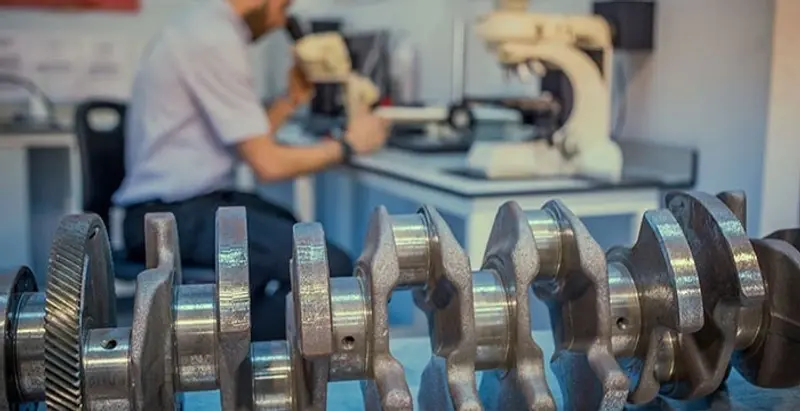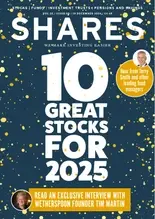
There’s little doubt that Halma (HLMA) is a dividend champion. The £4.28bn FTSE 250 company has a staggering record when it comes to payout growth, increasing its dividend to shareholders by more than 5% every single year since 1979. The income for last year, to 31 March 2017, was 7% up on 2016 at 13.7p per share.
This year to 31 March 2018 the dividend is anticipated to hit 14.7p, a 7.3% increase and analysts largely expect the income to grow by an average 7% a year right through to 2020.
WHO IS HALMA
Halma is a global manufacturer and seller of a wide range of equipment largely demanded by health, safety and environmental rules. This includes hazard detectors, sensors and assorted environmental protection kits. The approach allows the FTSE 250 company to consistently perform almost regardless of the economic cycle.
Today’s full year results were pretty much bang on with market expectations. Revenue of £962m came in slightly ahead of £950m consensus estimates, while pre-tax profit jumped 17% to £194m, although only after adjusting for £36.3m of intangible asset amortisation and impairment charges, acquisitions and restructuring costs. Excluding of of those apparent one-offs, profit growth was 16% to £157.7m, so net-net, very solid.
Net debt was slashed by more than £50m to £196.4m, versus £778.6m of net assets, so gearing is very comfortable at 25.2%. The business churned out more than £175m of cash from operations, against roughly £57m of interest and dividends costs.
MARKET WORRIES
So why are some market watchers a bit worried? Growth, both organic and acquired. This is why the share price has barely budged today, flat at £11.46.
‘Halma has a model to generate a self-financed doubling every five years,’ explain analyst at investment bank Investec. That splits out on average at 7% a year sourced organically, the rest from M&A (mergers and acquisitions).
Analysts at both Investec and UBS, another investment bank, calculate just 4% organic growth last year, so behind the curve. What’s more, the M&A path was left largely untrodden, with just environmental and analysis business FluxData bought last year for up to £22.4m.
Concerns over organic growth can, in our opinion, be offset to a large degree. That view is based on the company’s excellent track record of careful investment in research and development to drive new business going back years.
FEEDING THE M&A MACHINE
But organic growth is supplemented by carefully selected, bolt-on acquisitions. Halma is very careful in how it chooses its business areas, seeking resilient growth drivers based on advances in safety regulations, ageing and urbanising populations, and other demographic trends.
That is good discipline, shareholders hardly want their cash wasted on vanity purchases. But Halma needs to keep finding bolt-on targets to feed the M&A side of the growth machine, and this is arguably becoming harder.
‘The group continues to seek appropriate acquisitions and we consider that some action on this front is likely, after a relatively quiet full year 2017,’ says Investec. Shareholders will be hoping they are right.





